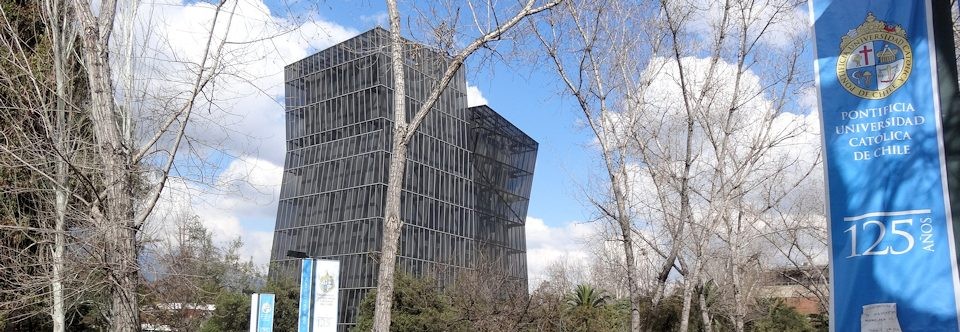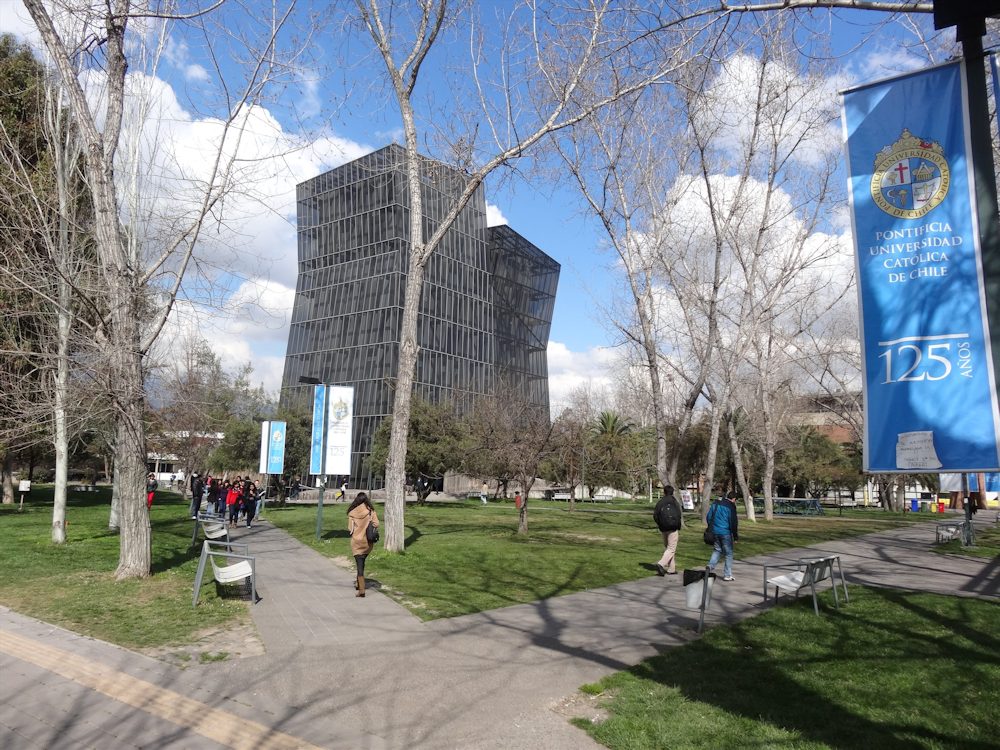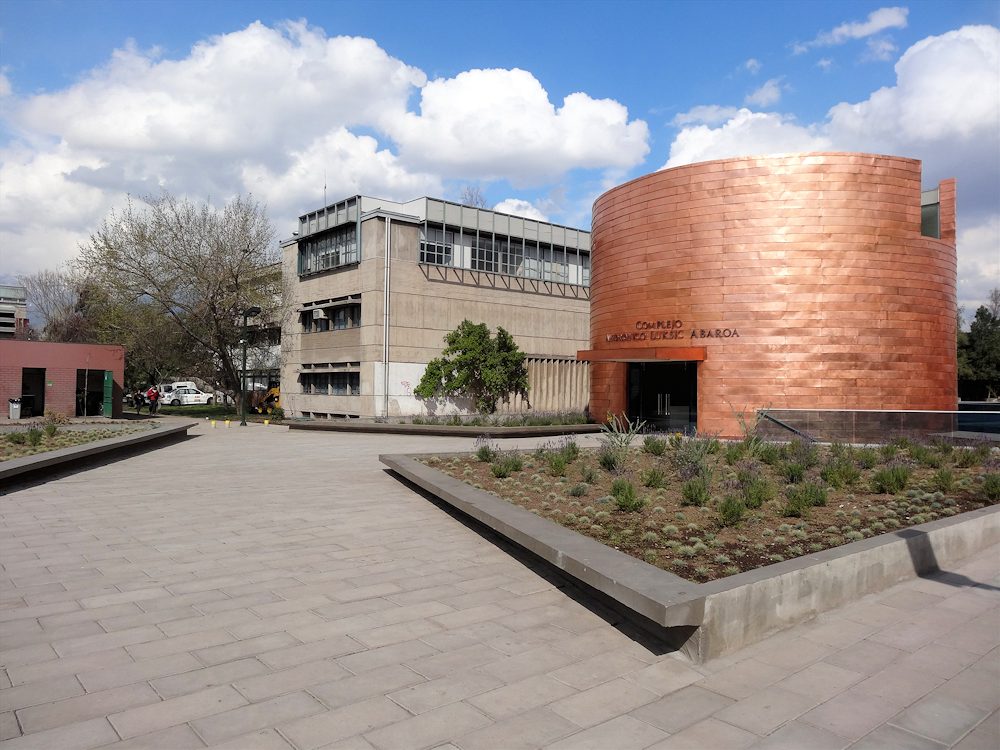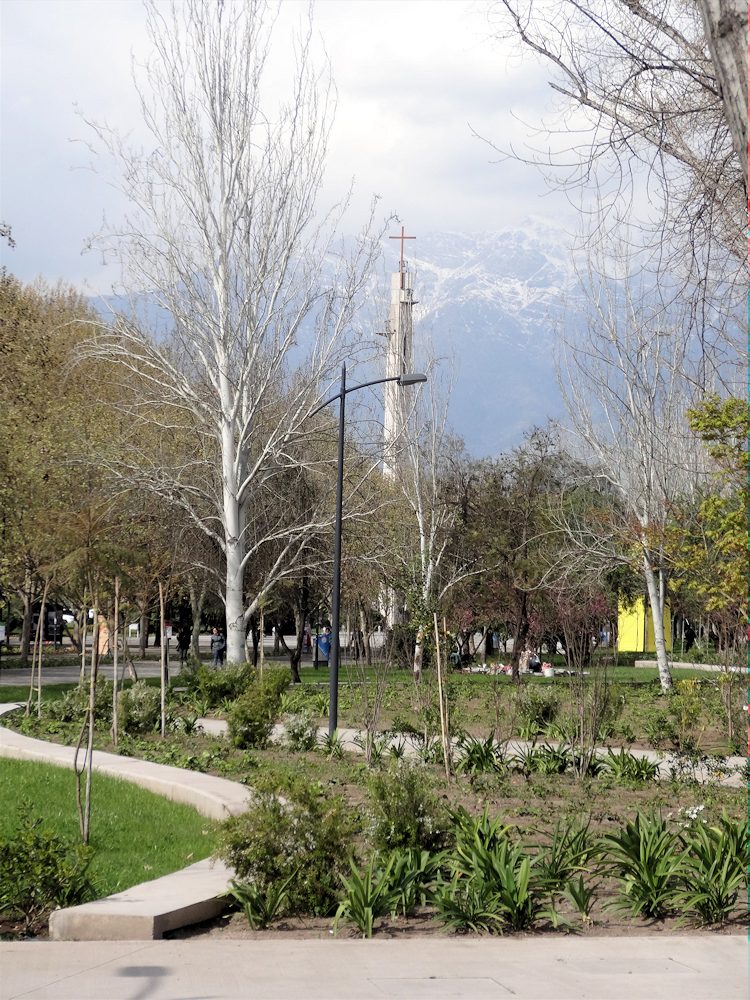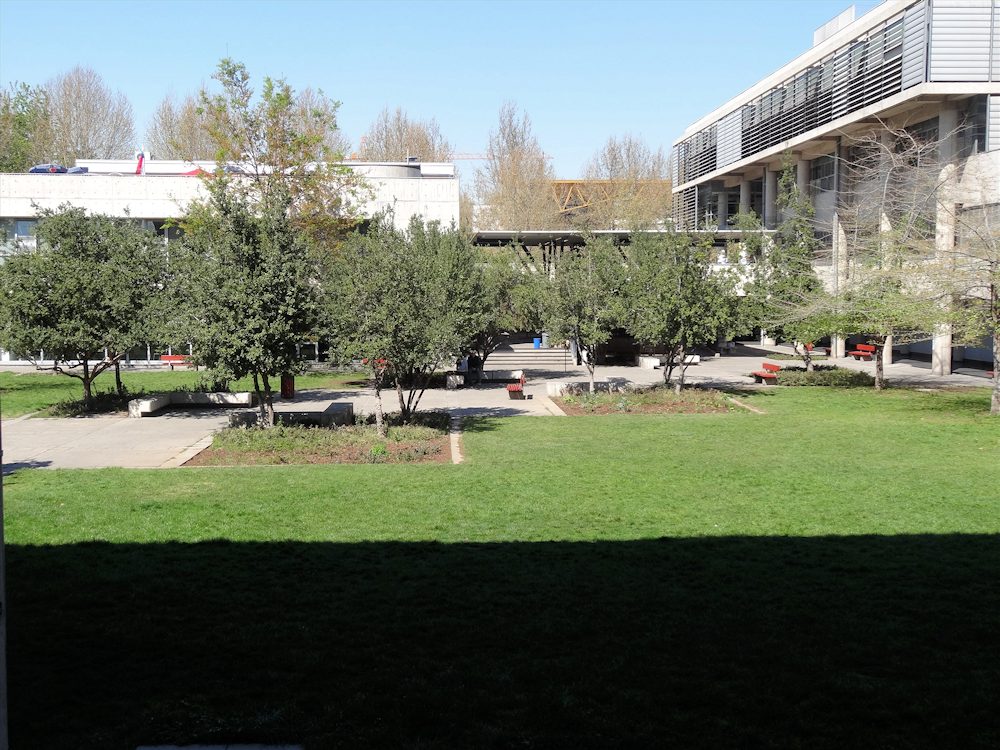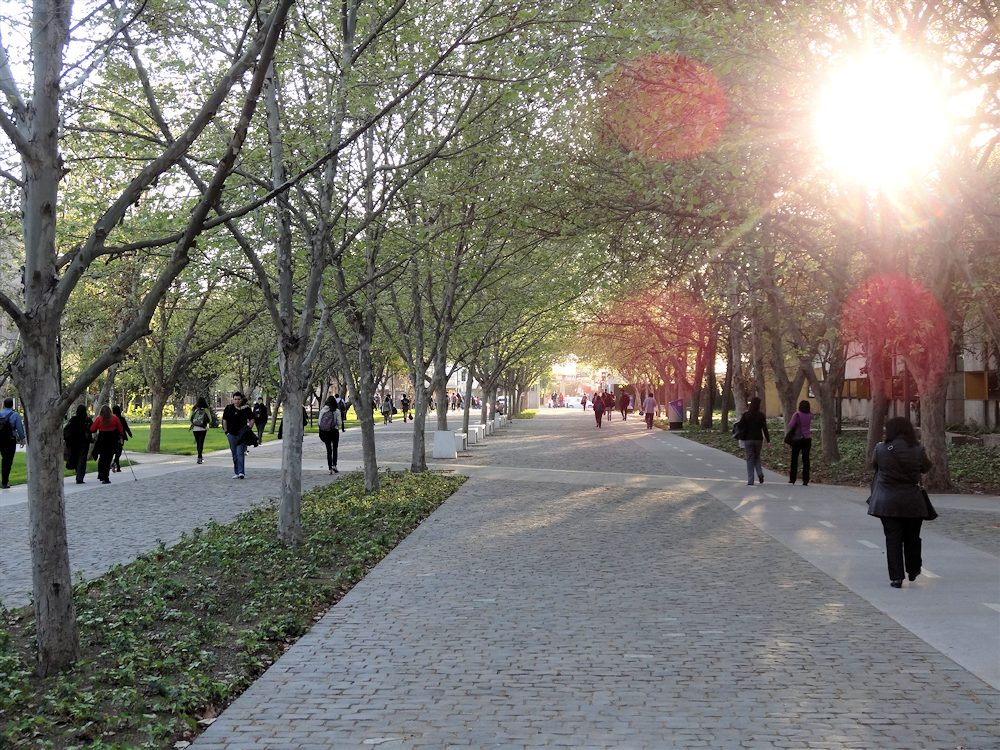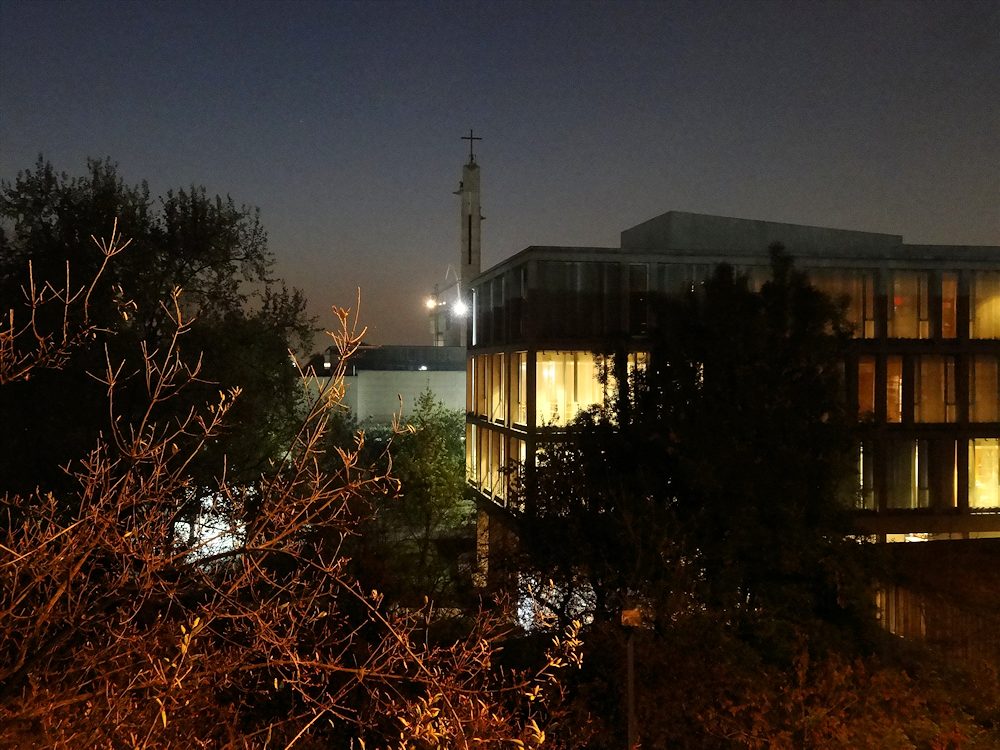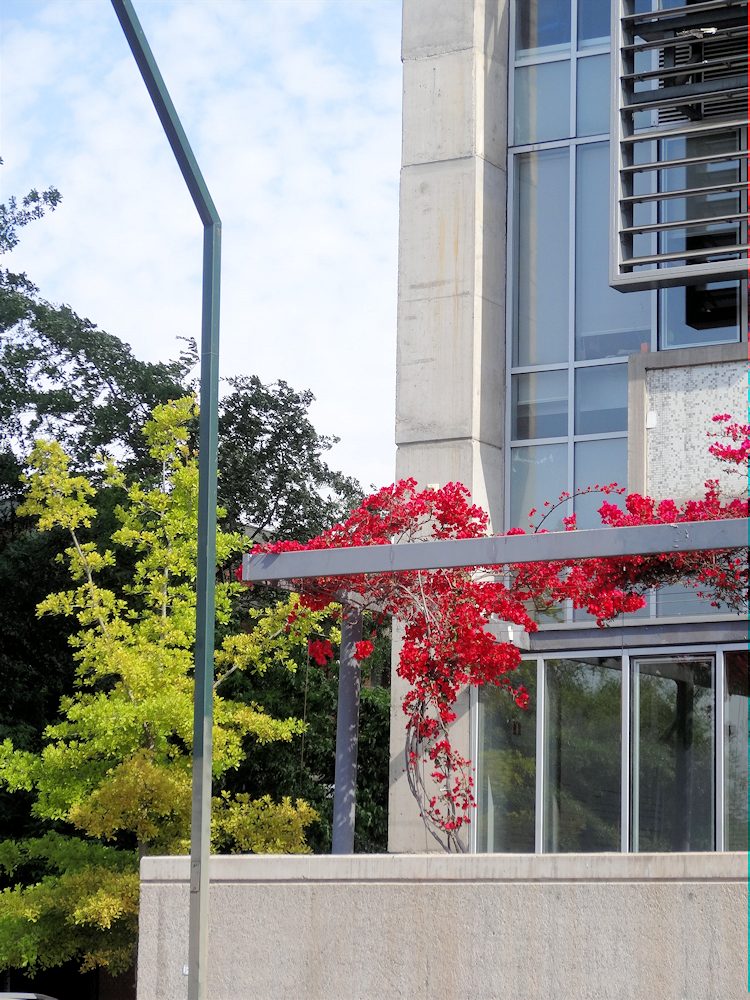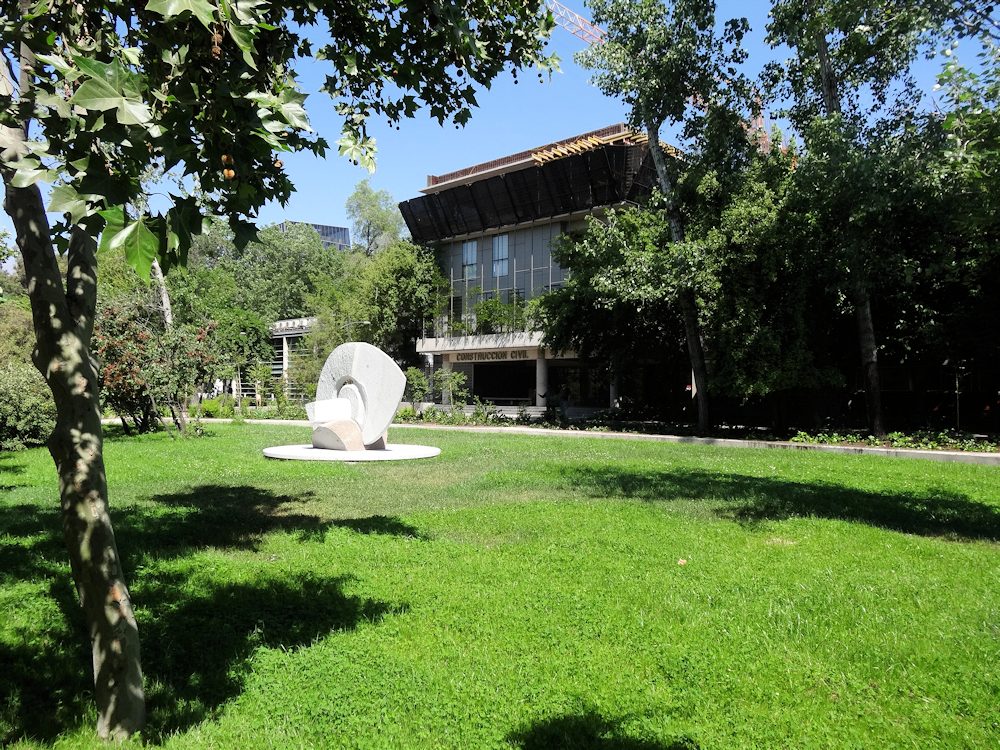W hen I arrived for the second time in Santiago in May 2013, it was to get my student visa and for the entire time, Santiago was offering really cold, wet weather. On a rare sunny Sunday afternoon, I took the opportunity to get a look at the campus where I would be studying in about two and a half months. In a snapshot of the moment, the campus’ trees were glowing in different shades of yellow, orange and red and they filled the deserted campus with the blazing colours of a temperate autumn set amidst greenery while in the distance, behind a perpetual layer of city smog, the majesty of the snow-capped Andes completed the picture. It was a short, pleasant visit to what would be my home before I departed once again for the north; destination Bolivia and Peru.
Fast forward two months….Santiago, Chile. For the third time. I arrived happy and hairy after a whirlwind trip through the two iconic Andean nations with their colourful quirks and customs. After spending the waning glory of my travel savings living it up in Cusco, I arrived in Santiago replenished with funds from the Walter Mangold Trust and eager to find a place to live, a task which took me three weeks to complete even with the help of the well placed rental website www.compartodepto.cl as my daily companion. You see I am somewhat fussy when it comes to house and home, preferring a quiet, reasonably well appointed pad shared with amicable and like-minded individuals. And yes, that’s after four and a half months of Couchsurfing. I make a distinction. I was staying with a Couchsurfing friend for the first two weeks of term before moving into my spacious room just across the river from Bella Vista – a large two bedroom apartment in a somewhat rundown old four story building previously belonging to the ‘Carabineros’ or Chilean Police department. It was comfortable and pleasingly close to La Vega; Santiago’s largest market. I’ve written about this loveable market in an earlier post. Santiago has great morning street markets whose days vary depending on location. La Vega has a fixed location in the comuna of La Recoleta north of the river from the downtown, but I visited others in Santiago Centro, Ñuñoa and La Reina where the fresh produce was very cheap.
English Posts
- Santiago
- Exchange
Spanish Posts
There was an orientation day for exchange students before the start of term where they welcomed us and gave us all a laminated printout with the numerous ‘chilenismos’, or Chilean slang. It was intended as a kind of ’emergency measure’, a small token to help survive the daily jargon as it flew around us outside class and on the street.
Starting with the second semester means arriving in Santiago in mid-winter, which, while not rainy certainly is cold and rather depressingly smoggy. The large metropolis is unfortunately situated in a natural depression at the base of the soaring Andes, trapping fumes and wrapping the city in a mantle of emitted muck. The magical mountains which so captivate foreigners in pictures of the Chilean capital were often entirely hidden despite their proximity.
The Pontificia Universidad Católica de Chile (PUC) is Chile’s second largest university and arguably its most prestigious. It has five campuses, four of which are in Santiago and the last being the mid-southern region of La Araucanía. I visited them all, even the Villarrica campus in the south as part of a trip organised through the student organisation Comisión Acogida de la UC (CAUC). Apart from San Joaquín where I studied and the Casa Central, I actually purposefully visited the remaining two campuses in Santiago to see what unique features they each had.
Campuses of the Universidad Católica
Train and bus are the two public transport options to get to the campus. Green line 5 for the train (metro) or bus numbers 210 and 213e. The public transport system in Santiago is called Transantiago and is a combination of a rapid-transit style bus system and a fast, clean and efficient train system all managed under one smart-card system called ‘Bip!’. These cards can be purchased in any Metro station or Bip! outlets for 1,500 Chilean pesos (AUD3, USD2.5). Fares cost either 690 or 590 pesos depending on the hour of day and include as many as two transfers inside of two hours. These prices are accurate for 2013. For updates, visit Metro de Santiago’s website for fees and tariffs. For those who do one year long exchange programs, you can apply for a student Bip! card and fares are much cheaper; about a third the standard price. But this system has another awesome feature: the entire system for Santiago is integrated into Google Maps. With a smartphone, you can get detailed instructions on where to walk to catch which bus to arrive at your destination with time estimations and an integrated, real-time schedule for all services. You can literally arrive, get lost, whip out your phone and get anywhere roughly on time. Seriously shiny.
I had arrived on exchange in Chile. Now I was studying. Now I was achieving a goal I had set myself years before when, in 2011 I took up Spanish with a view to spending time overseas learning another language. For the first year I studied by myself with online courses before realising I would need to find a Spanish speaker with whom to practice. I knew no one in my family or circle of friends who could help me with that but one chance encounter led to a contact who had a friend with some spare time and before long I was practicing Spanish with Astrid, a Colombian living in Melbourne. A few months later I arrived at Monash and took a placement test. I was given the option: 2nd year or 3rd year. Try them out. I did. I felt at home in second year and before long was struggling to get to the level of my third year classmates – those were some difficult first few weeks but looking back I’m glad I chose the higher level as it accelerated my plans by a whole year. Fast forward another year. I was landing in Santiago with savings and a backpack and a spare six months taken on deferral to travel around South America before my exchange commenced in the Chilean capital. Why the break? Well, I had been studying the language very intensely for two years and wanted to expose myself to the reality of Spanish as it is spoken on the streets. Plus, the lure of South America as a little known continent was irresistible to me so with some travel time beforehand, I was confident I would improve my comprehension and expression in Spanish and as such derive greater benefit from the exchange.
During my exchange, I did a number of activities with CAUC, such as go skiing for the first time in my life on the fields near Santiago. I also walked in the snow on a group trip to the Cordillera (Andes) and camped by a river surrounded by mountains. I also cooked sushi and went clubbing with them. It’s a good way to get to know others though most were other foreigners. Other small trips I did on my own account, alone or with friends from the university, and one such trip was to Valparaíso, the famous Chilean port full of colour and history, and the neighbouring Viña del Mar to see what Chile had to offer in terms of beaches. Together with my Costarican friend we walked the amazingly colourful streets of Valparaíso filled with artistic floor to ceiling grafiti and visited one of Pablo Neruda’s (one of Chile’s nobel prize winners for literature and an adored cultural icon) three houses – La Sebastiana, a ramshackle multi-story delight filled with random and charming ship bric-a-brac which the Chilean writer collected. His house in Santiago; La Chascona is another example of his somewhat romanticized facination with the mariners life though he himself almost never sailed on ships.
To those of you who are debating where to go on exchange, I will be honest when I say that Chile was not my first option. Colombia was. I researched various universities in Bogotá and Medellín and when they didn’t work out I shifted my attention to Buenos Aires whose well known public university ‘UBA’ – Universidad de Buenos Aires – did not offer linguistics. After that point I settled for Monash University’s only partner university in the whole of Spanish speaking South America: La Universidad Católica de Chile. It was an excellent decision and to this day Chile remains among my top two favourite countries in South America with friendly people, a strong economy, good standard of living and a system and infrastructure that work very well. From the wide open spaces and soft pastel-like hues of a desert sunset in the Atacama to the lush valleys and rivers, glaciers and fjords of the Carretera Austral and on to the ferocious and hostile beauty of the Torres del Paine, the newly named 8th wonder of the world in far southern Patagonia, Chile really is South America’s little known treasure and must see destination for all intrepid and curious adventurers. I travelled it from north to south and would enthusiastically encourage others to follow in my footsteps, and make a few of their own.
My trip lasted a total of 13 months, from January 2013 through to March 2014 and included six months of travel through Chile, Argentina, Uruguay, Bolivia and Peru. My actual exhange was less than five full months but it was an unforgettable experience within the context of my larger travels. Remember, Chile’s semesters coincide with those of Australian universities meaning that the summer months from late November through to early March are available for travel. After my exchange, I took advantage of the warm months to visit both the Chilean and Argentinean Patagonia which are less accessible in winter. From there, I scrambled madly to the other end of the continent and spent six weeks in Colombia, the country I had initially planned to study in.
All of this was made possible with the help of certain individuals and organisations not least of which was Monash University. Even if at the time they only had one exchange partner university in Spanish-speaking South America, it was an excellent one and after one false start applying to do the exchange at the University of Chile only to find there no longer existed an agreement, all went smoothly. I received a scholarship from Monash Abroad to help with the cost of flight, visas and enrolment.
I must also extend my gratitude to the Walter Mangold Trust. I applied for a scholarship and was successful and in being awarded the scholarship I was able to cover a large portion of my daily living costs during the period of exchange in Santiago. The people were responsive and efficient and understanding of my erratic and protracted return to Australia and they were a part of what made the whole experience possible.
But finally, I must thank my auntie Karen who died of cancer in 2010, leaving me a sum of money which, together with my own savings, was to become the seed capital for this adventure and make it into the life changing experience that it was. I cannot think of a better way to remember her than to have spent the money doing something which taught me another language and led me into the path of so many wonderful people.


